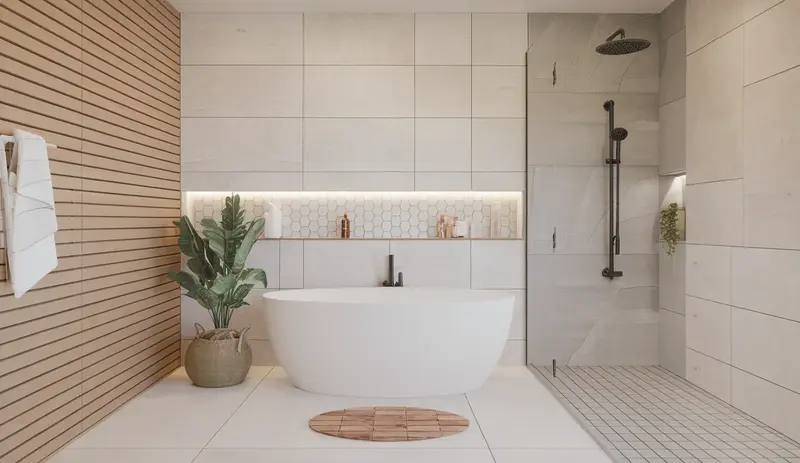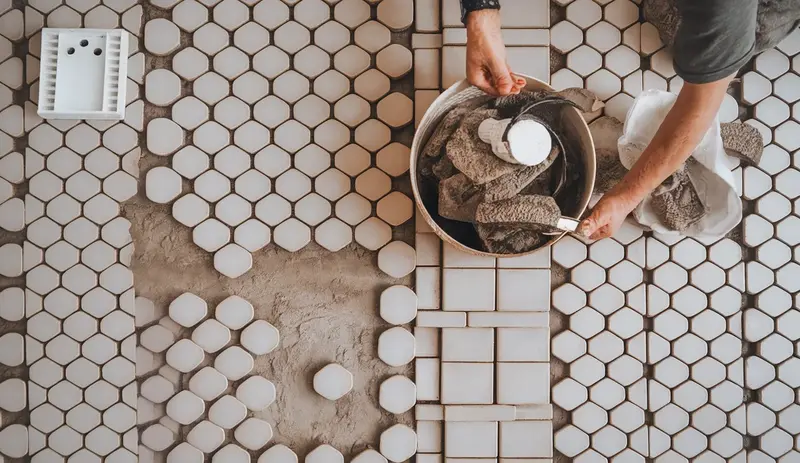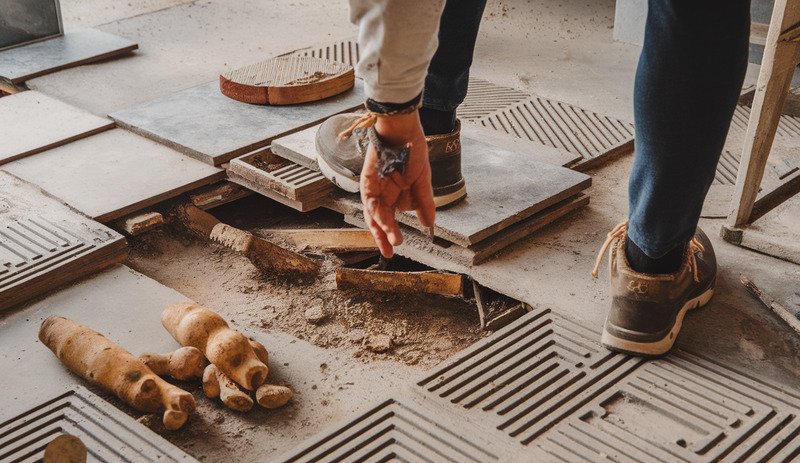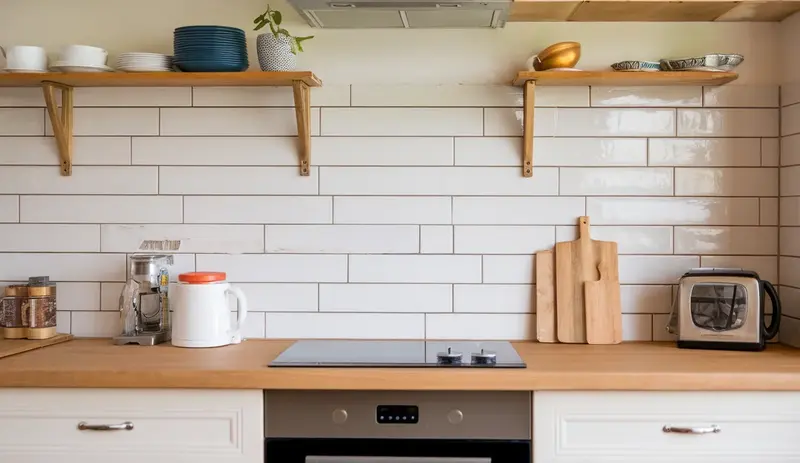Imagine stepping into the shower after a long day, only to feel your foot slide unexpectedly. That split-second of terror when you’re about to lose your balance is something no one wants to experience.
This guide will walk you through everything you need to know about choosing tiles that keep you safe and look amazing in your shower.
Slip‑Resistant Shower Tiles: Your Ultimate Guide to Bathroom Safety
When I pulled out the old tile in my bathroom, it felt like I was starting a spa project. That vision blew away after a news story about two seniors who fell on a brand‑new glossy shower floor.
The story reminded me that bathrooms, small as they are, are danger zones. Kids, older folks, people who need help moving – they’re all at risk. So before you pick a pretty tile, you should think about safety first.
Why Slip‑Resistant Tiles Matter
The government keeps ranking bathroom falls at the top of home injuries. It may mean they’re more common than we think. Toddlers chase bubbles, seniors lose balance, a wheelchair can skid – all can happen in a wet shower.
Textured Ceramic Tiles: Your First Line of Defense
Ceramic tiles that have raised patterns or a matte look give your foot something to grip. Look for a non‑shiny finish and a slip rating of at least R‑10. Smaller tiles, like 4‑inch squares, add more grout lines.
More grout lines give more “bite” for bare feet and for slippers. A cheap store‑bought polished tile may look nice but it rarely meets that rating. In my dorm we chose a cheap polished tile and I slipped the first night – a bruise I still see.
Worth reading next: How to Fix Loose Kitchen Backsplash Tiles?
Natural Stone Tiles: Beauty Meets Safety
Slate, travertine and similar stone often feel rough enough to keep you steady. Their pores and irregular faces hold water, so they don’t get as slippery as glass. This is especially important for homeowners in Plano, Texas, where bathroom safety is a top priority.
The downside is that stone needs care. It must be sealed often or water gets in and the surface gets slick. Harsh cleaners also scar the stone. Skip the seal and you might end up with a slick floor despite the stone’s natural grip.
Beyond the Tile: Additional Slip Prevention Methods
Sometimes texture alone isn’t enough. Anti‑slip coatings can be brushed on top of a tile. Home Depot sells them for about $5‑$15 per square foot – not cheap, but far cheaper than a hospital bill.
Another trick is to use wider grout lines that sit a little above the tile. Those raised lines add friction where the tile meets the foot. Be careful, though: too much grout can collect mold if you don’t clean it.
Getting the Installation Right
Even the best tile can become a hazard if it’s installed wrong. The shower floor should tilt at least a quarter‑inch per foot to push water toward the drain. A waterproof membrane goes underneath – without it water finds its way into the floor.
Uneven spacing or a slope that’s too flat can make any tile slippery. If you’re not sure you can handle mixing thin‑set mortar and checking slopes, call a licensed installer. Mistakes like leaving a high spot can cause a sudden stumble.
Keeping Your Shower Tiles Safe Over Time
Slip resistance fades if you don’t look after the surface. Clean the floor once a week with a neutral‑pH cleaner. Check for smooth spots where the glaze has worn off.
Look at grout for cracks or crumbling. Fix problems right away – re‑seal stone, re‑apply coating, redo grout if needed. Ignoring small wear can quickly become a big danger.
Final Thoughts
A safe bathroom does not have to be ugly. Pick textured ceramic or naturally grippy stone, add a coating or raised grout if you need extra security, make sure the installer does the slope right, and stay on top of maintenance.
Those steps together give you a shower that looks good and keeps you from falling. Smart choices now save you money, pain, and a lot of worry later.
Prioritize safety in your shower by choosing the right slip-resistant tiles. Always consult with a professional tile installer or safety expert for personalized advice specific to your bathroom’s unique conditions.





